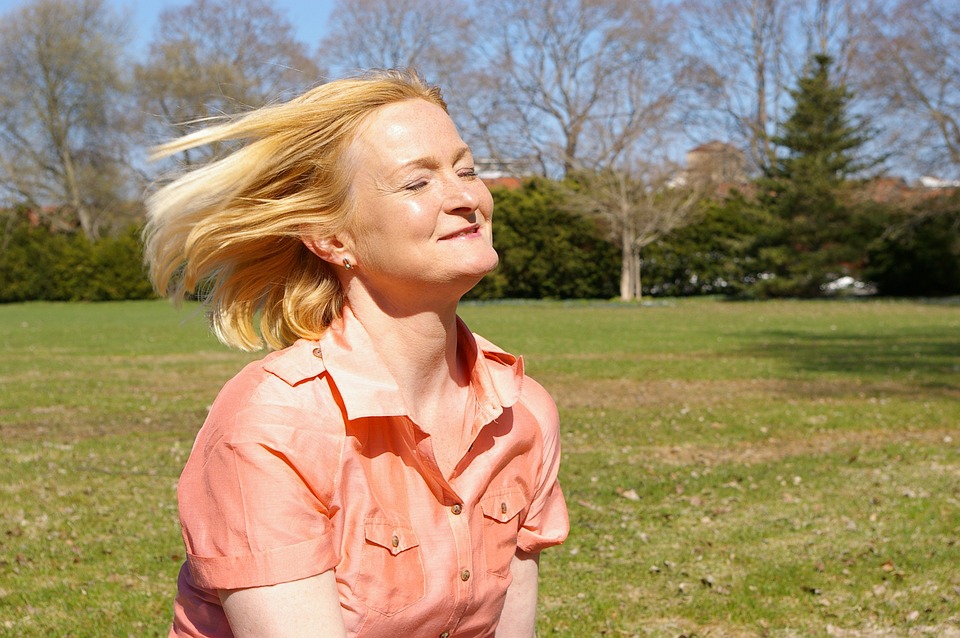Although menopause is a stage of life every woman will pass through at some point in her life, it just isn’t one of those experiences that is easy to prepare for in advance.
Even listening to the stories other women tell of dealing with menopause likely won’t prepare you for the experience of having your first hot flash.
“During perimenopause, your body will start producing less of certain key reproductive hormones”
But there is one thing you can do to prepare – learn about the three stages of menopause. This will help you gauge your progress and talk with your doctor about your symptoms and coping strategies.
1. Perimenopause
Perimenopause could just as easily be called premenopause. According to the Women’s Health Research Institute, perimenopause can last anywhere from three to five years as your body enters what old-schoolers like to call “the change of life.”
During perimenopause, your body will start producing less of certain key reproductive hormones, including estrogen and progesterone, the primary hormones that regulate fertility and the menstrual cycle.

Because of this, perimenopause is often said to be the most chaotic of the three stages of menopause, with the most ups and downs, symptoms and overall discomfort.
Perimenopause is when most women start to experience hot flashes, night sweats, vaginal dryness, issues with incontinence or libido, menstrual spotting or irregular periods, mood swings and other changes associated with fluctuating hormones.
“Kegel exercises may best address symptoms like hot flashes, night sweats, and incontinence issues”
Perimenopause may start as early as 35, but is more common starting in the late 40’s. It is said to end when the woman has gone for 12 consecutive months without a menstrual period.

How to Deal With It? As women’s health continues to advance and evolve, you have more options than at any other time in history for how to deal with the discomfort of symptoms of perimenopause. The key is to match your symptom with the appropriate treatment.
Some treatments, such as HRT (hormone replacement therapy) are often prescribed for multiple symptoms that are each related to changing hormone levels.
Other treatments, such as Kegel exercises or changes to dietary habits, may best address symptoms like hot flashes, night sweats, and incontinence issues.
2. Menopause
A lot of confusion exists about what the term “menopause” actually means. As Medical News Today explains, this stage could actually be considered to be just one day – the day right after you have gone for a full 12 consecutive months without having a menstrual cycle.

It is important to identify when you have left perimenopause and entered this second stage because, at this point, you are no longer able to get pregnant.
How to Deal With It? The second stage is quite brief and usually anti-climatic to a degree after the turbulence of perimenopause! One welcome change for many women is that, with the absence of fertility, there is no longer a need to take birth control or use other means to avoid pregnancy.
3. Postmenopause
Postmenopause is the third and final stage and comes with its own challenges to be aware of. In this, when women speak of “dealing with menopause,” they are usually mostly referring to perimenopause and postmenopause symptoms.
” Lifestyle changes, including pelvic floor strengthening exercises and working out with weights, can each contribute to reduced discomfort in postmenopausal “
As the Cleveland Clinic highlights, when you reach this third stage, you likely won’t be plagued with unpleasant symptoms such as hot flashes or night sweats any longer.
However, there are other health dangers to watch for, including loss of bone density that can lead to osteoporosis (“brittle bones”).

How to Deal With It? HRT (hormone replacement therapy) can be useful to reduce the risk of osteoporosis as well as combatting other ongoing symptoms such as incontinence or vaginal dryness.
Lifestyle changes, including pelvic floor strengthening exercises and working out with weights, can each contribute to reduced discomfort in postmenopausal.
Learning about the three stages of menopause is the first step towards developing effective strategies for dealing with menopause. Because the three stages can be different for each woman, talking with female family members can also help you plan ahead for your own comfort. Keeping a symptoms journal is another helpful way to track your progress with symptoms reduction.
Always talk with your doctor about options to manage symptoms, including medications that may alleviate your discomfort.





















